In Hawaii, people have been inspired by the Hawaiian word “Kuleana.” Kuleana is loosely translated to mean “responsibility” in Native Hawaiian values and practice. We have to show it to the local community in order to make the world better”.

How can we uphold this important value of kuleana? What role does a landscape designer have to play in the future? This project speculatively launches the experience-based learning system with the renovated Banana farm in Kalihi Elementary School courtyard in Honolulu, Oahu.
This project is a speculative exploration that postulates the social and educational benefits of integrating banana farming practices into Hawaii’s elementary school curricula.
Bananas are the protagonist of this speculative project. Bananas have deep historical and cultural roots in the Hawaiian islands and have many practical uses in addition to food consumption. This project explores the possible relationships and lessons that local children can experience when working with banana cultivation.
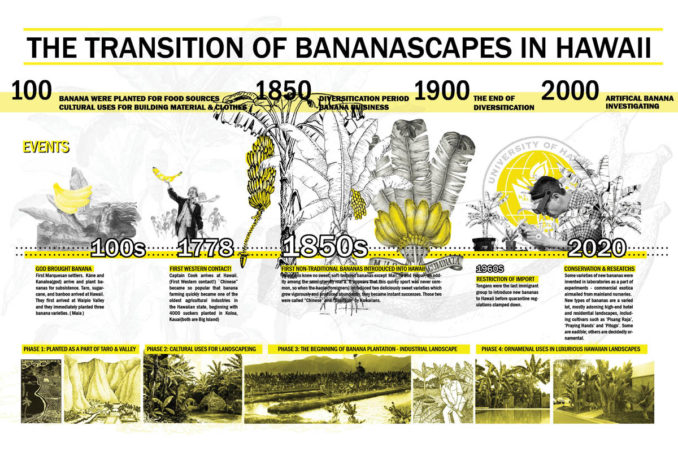
Banana is everything for this project. As part of the educational curriculum, students engage in tending to the crops and learning about traditional and modern agricultural practices. Students will have the opportunity to learn from many different people, discuss how they can address crop issues, and experience the successes and failures associated with landscape management. Lessons from banana agriculture will impress important land management and kuleana values on students and faculty. Protecting and cultivating kuleana values protects the island’s natural resources/environments.
Banana is a zero-waste product. There is a wide variety of uses that native Hawaiians developed that have been overshadowed because of the commercialization of bananas.
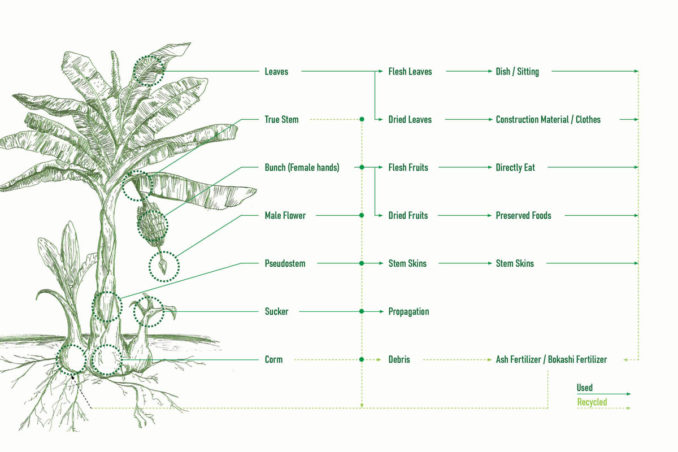
In this process, each part of banana plants should be kept and utilized in certain ways. Therefore, this school Banana Farm adopts the agroforestry style. Agroforestry refers to growing plants together with other agricultural crops and animals, with benefits to plants, animals, people, and the environment. Implementing agroforestry as a part of education will encourage students to see agriculture as a practice for social and environmental wellness, not solely an industry for economic gain. As the diagram shows, the commercial mass production and agroforestry styles are totally different.

In the renovated school banana farm, there are 37 banana patches in total and they are scheduled to be planted with certain amounts to keep fair amounts of harvests every month.
To maintain the banana crops, the entire student body is divided into teams mixed with different grade-levels. In each team, older students develop leadership and mentorship skills. Meanwhile, younger students learn the basics of how to maintain banana plants. Caring for bananas will teach them how they interact with others in different contexts.
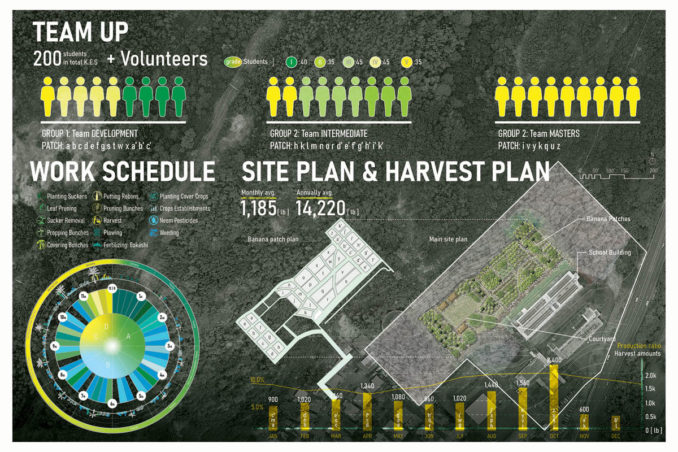
As mentioned in the definition of agroforestry, maintenance is an important part of the ecosystem in this banana farm. All the elements are indispensable resources for banana plants. Student engagement helps and accelerates their ecological performances.
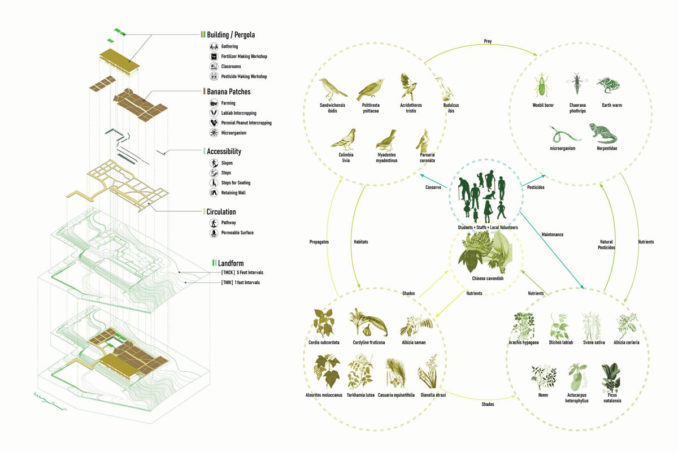
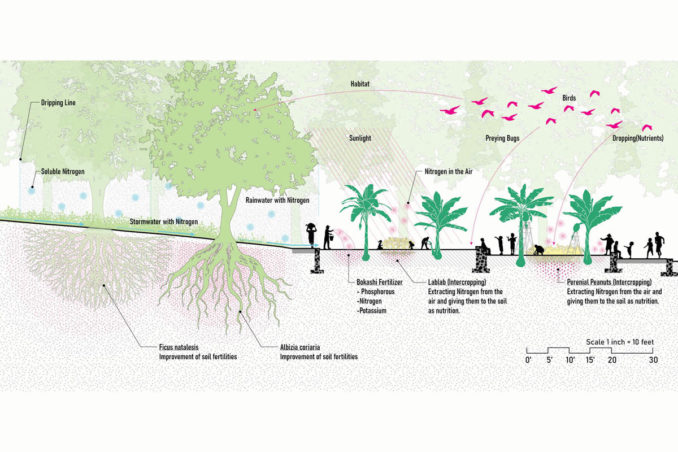
Banana farm management can be integrated into the curricula as structured play before the formal beginning of the school day. Banana plants don’t need a long time for care except for harvesting. 20 ~ 30 minutes every day is sufficient. Students will have the opportunity to start their school day positively reinforced by collaborating with their team members and working while cohesively.
There are many events by utilizing bananas throughout the year each season. Among them, Hale Building Workshop is the highlight. Native Hawaiians used dried banana leaves for the thatched roofs of their dwellings. Fresh leaves are also used as a seating mat and a type of serving dish. Other immigrant cultures can inform banana related activities. For example, a traditional Okinawan practice uses banana stems to make fibers to weave traditional Okinawan fabric. Once a year in October, the school held the festival to enjoy and learn the reuse of banana plants.
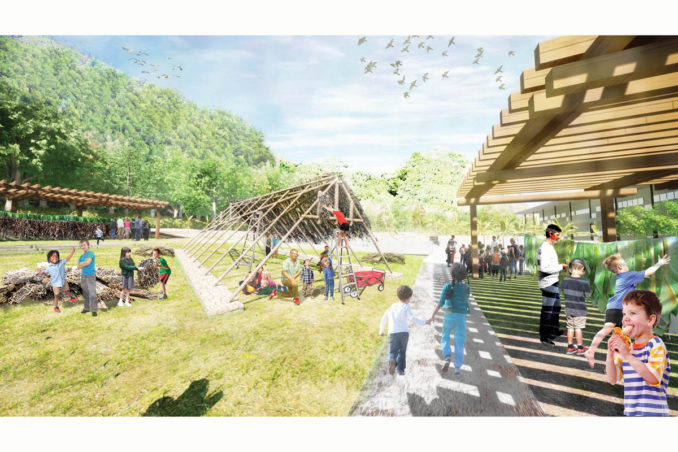
Today, because of climate change and overconsumption, humanity is challenged to strike a better balance between our current way of living and the preservation of the natural environment. Again, what can landscape architects do? The answer must be a departure from prioritizing financial profits. It must be in the process that the culture changes. The first thing that needs to be changed is ourselves. Reorganizing education and combining it with many important values, like kuleana, is the cornerstone to this pivot. Banana plants would be the best one to implement that evolution in Hawaii.
What can the Banana teach us?
Student Name: Shun Ishimine, The University of Hawaiʻi at Mānoa
Supervisor: Phoebe White
Editor ( writing ): Matt Higa
Image Credits: Shun Ishimine
